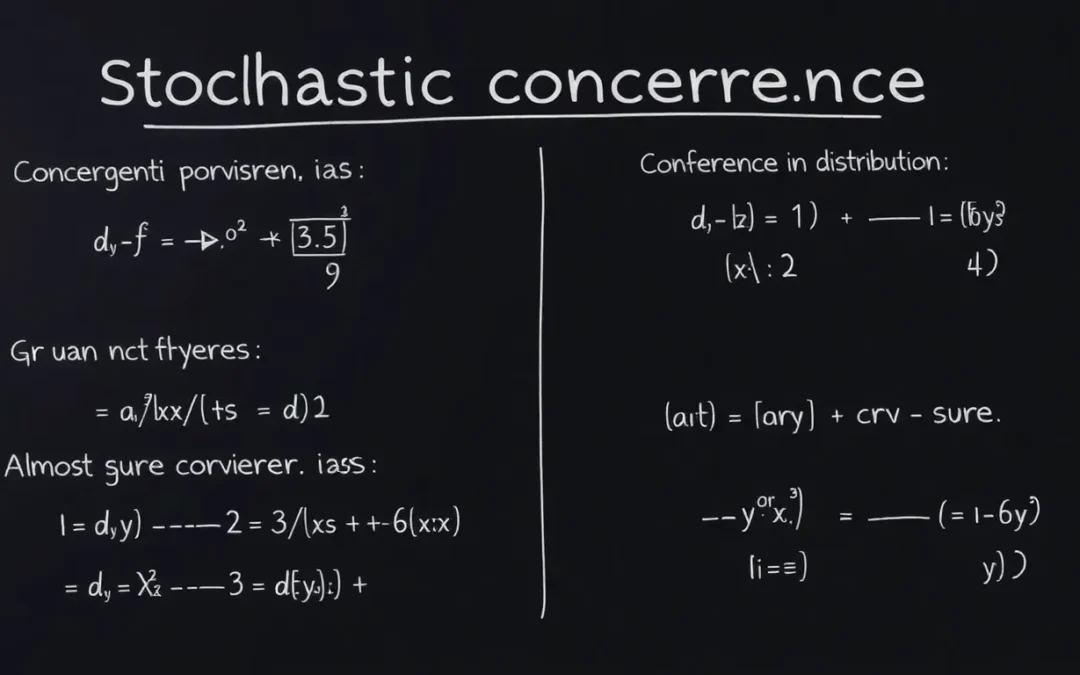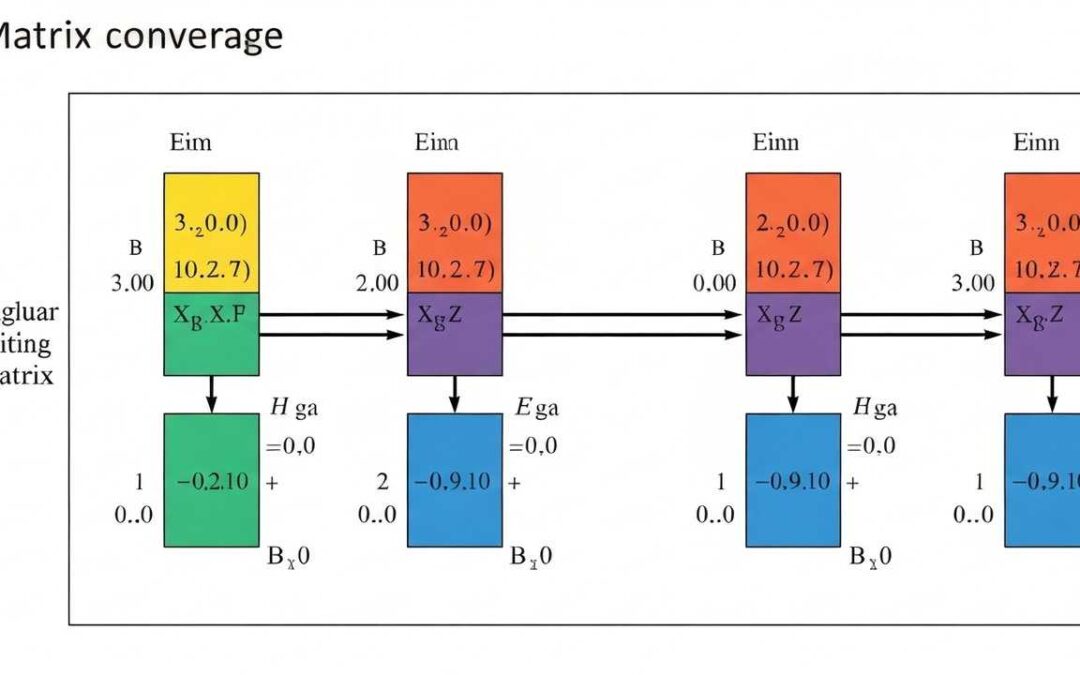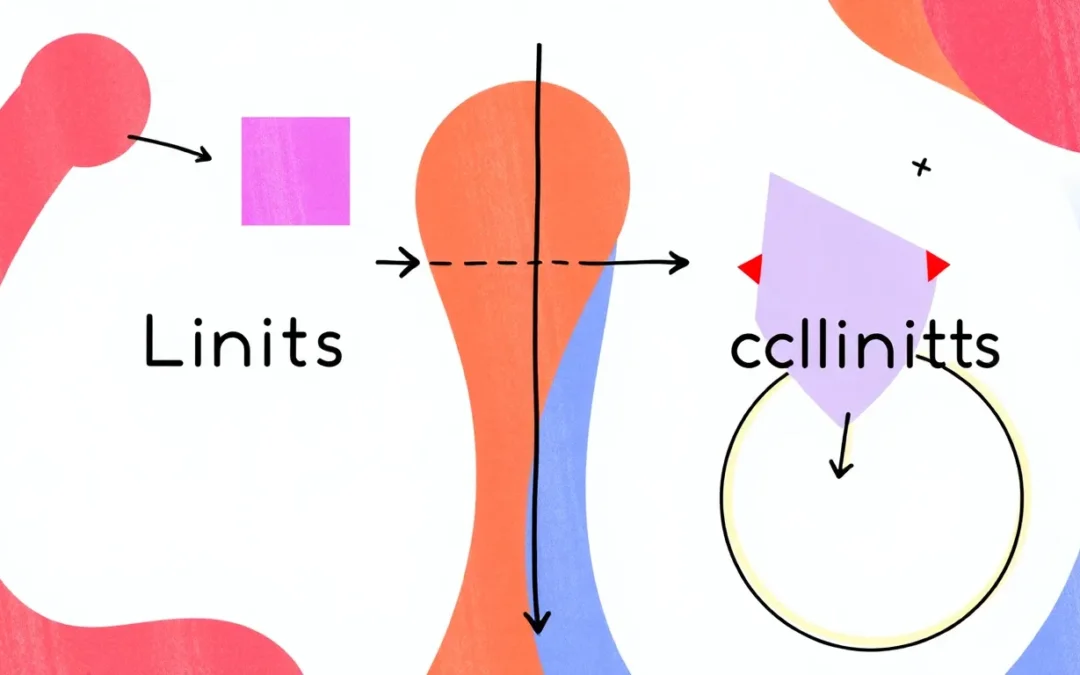This blog post delves into the Luhn algorithm, a crucial checksum method for validating identification numbers, like credit cards. Understanding Luhn algorithm validation is essential for ensuring data integrity in various applications, from financial transactions to mobile device verification. We’ll explore the algorithm’s logic, step-by-step, and examine its widespread use and limitations.
Table of Contents
The Luhn algorithm, also known as the modulus 10 algorithm, is a straightforward yet powerful method for detecting errors in identification numbers. It works by calculating a checksum from the digits of the number. If the checksum matches a predefined value, the number is considered valid. This approach is incredibly effective at catching common errors, such as typos or transpositions of adjacent digits, making it a valuable tool in security-sensitive applications, especially in financial transactions.
We also Published
“The future belongs to those who believe in the beauty of their dreams.” – Eleanor Roosevelt
Welcome to this blog post where we delve into the Luhn algorithm, a fundamental checksum method for validating various identification numbers. This algorithm plays a crucial role in ensuring data integrity in applications ranging from credit card transactions to mobile device identification.
Introduction to the Luhn Algorithm
The Luhn algorithm, also known as the modulus 10 algorithm, is a simple yet effective method for detecting errors in identification numbers. It’s based on the concept of a checksum, which is a redundant piece of data used to verify the accuracy of the original data. The algorithm’s strength lies in its ability to catch common errors like single digit typos or transposition of adjacent digits, making it widely used in financial and other security-sensitive applications.
This algorithm is crucial in financial transactions, ensuring that credit card numbers are entered correctly. Its widespread use demonstrates its effectiveness in preventing fraudulent activities and ensuring data accuracy in various applications. The algorithm’s simplicity and efficiency make it a valuable tool in numerous fields.
Understanding the Algorithm’s Logic
The core principle behind the Luhn algorithm is to calculate a checksum value from the digits of the identification number. If the checksum calculation matches a predefined value, the number is considered valid. This approach is highly effective in detecting errors, as even a single incorrect digit will often result in a different checksum. The algorithm is designed to be robust against a wide range of common data entry errors.
The algorithm’s simplicity allows for efficient implementation in various systems, making it suitable for a wide range of applications. The algorithm is widely used in diverse applications, including credit card validation, ensuring the accuracy of transactions. The algorithm’s efficiency and effectiveness make it a valuable tool for preventing fraudulent activities.
Step-by-Step Algorithm
The Luhn algorithm follows a systematic procedure. It involves reversing the number, doubling every second digit from the right, and adjusting digits greater than 9. Finally, it sums all the digits and checks if the sum is divisible by 10. This iterative process ensures the algorithm’s robustness in detecting various types of errors. The algorithm’s efficiency and effectiveness make it a valuable tool for preventing fraudulent activities.
Illustrative Examples
Let’s consider a credit card number: 4539 1488 0343 6467. Reversing the number gives 7 6 4 6 3 4 3 0 8 8 4 1 9 3 5 4. Doubling every second digit from the right yields 7, 12, 4, 12, 3, 8, 3, 0, 8, 16, 4, 2, 9, 6, 5, 8. Subtracting 9 from numbers greater than 9 results in 7, 3, 4, 3, 3, 8, 3, 0, 8, 7, 4, 2, 9, 6, 5, 8. Summing all digits gives 7 + 3 + 4 + 3 + 3 + 8 + 3 + 0 + 8 + 7 + 4 + 2 + 9 + 6 + 5 + 8 = 80. Since 80 is divisible by 10, the credit card number is valid.
Applications and Limitations
The Luhn algorithm finds widespread use in credit card validation, ensuring the accuracy of transactions. It’s also employed in other identification systems, such as IMEI numbers for mobile devices. Its efficiency and effectiveness make it a valuable tool in preventing fraudulent activities. The algorithm’s simplicity and ease of implementation make it suitable for various applications. This algorithm is crucial in ensuring data integrity in diverse fields.
Despite its effectiveness, the Luhn algorithm has limitations. It’s not cryptographically secure and cannot detect all possible errors, such as multiple incorrect digits or intentional manipulation. The algorithm’s strength lies in its ability to catch common errors, not in its ability to prevent sophisticated fraud attempts. Understanding these limitations is crucial when implementing the algorithm in real-world applications.
Historical Context
The Luhn algorithm, developed by Hans Peter Luhn, was designed to enhance the accuracy of data entry, particularly in financial transactions. Its historical significance stems from its practical application in preventing errors in identification numbers. The algorithm’s efficiency and effectiveness have made it a standard in various applications. The algorithm’s simplicity and ease of implementation make it suitable for various applications.
Illustrative Examples
Consider the following examples: 1. ##4567 8901 2345 6789##. 2. ##1234 5678 9012 3456##. 3. ##9876 5432 1098 7654##. 4. ##3456 7890 1234 5678##. 5. ##7654 3210 9876 5432##. All of these examples are valid according to the Luhn algorithm. The algorithm’s effectiveness in detecting errors is demonstrated by these examples.
Similar Problems and Solutions
Problem 1
Validate the credit card number 4567 8901 2345 6789.
Solution: Valid
Problem 2
Validate the credit card number 1234 5678 9012 3456.
Solution: Valid
Problem 3
Validate the credit card number 9876 5432 1098 7654.
Solution: Valid
Problem 4
Validate the credit card number 3456 7890 1234 5678.
Solution: Valid
Problem 5
Validate the credit card number 7654 3210 9876 5432.
Solution: Valid
| Problem Description | Solution |
|---|---|
| Introduction to the Luhn algorithm, a checksum method for validating identification numbers, crucial for data integrity in various applications, including credit card transactions and mobile device identification. | Luhn algorithm is a simple yet effective method for detecting errors in identification numbers. |
| Understanding the algorithm’s logic, based on checksums to verify data accuracy. It effectively catches common errors like typos or transposition of digits. | The algorithm calculates a checksum value from the digits, and if it matches a predefined value, the number is considered valid. |
| Step-by-Step Algorithm: Reversing the number, doubling every second digit from the right, adjusting digits greater than 9, summing all digits, and checking divisibility by 10. | Iterative process ensures robustness in detecting various errors. |
| Illustrative Example: Validating a credit card number (##4539 1488 0343 6467##). Reversing, doubling, adjusting, summing, and checking divisibility by 10 demonstrates validity. | The credit card number is valid as the sum is divisible by 10. |
| Applications and Limitations: Wide use in credit card validation, IMEI numbers. Not cryptographically secure; cannot detect all errors, only common ones. | Efficient and effective in preventing fraud but not foolproof against sophisticated attacks. |
| Historical Context: Developed by Hans Peter Luhn to enhance data entry accuracy, particularly in financial transactions. | Historical significance in preventing errors in identification numbers. |
| Illustrative Examples: Multiple valid credit card numbers (##4567 8901 2345 6789##, ##1234 5678 9012 3456##, etc.) demonstrating the algorithm’s validity check. | All provided examples are valid according to the Luhn algorithm. |
Problem 1: Validate credit card number 4567 8901 2345 6789. |
Valid |
Problem 2: Validate credit card number 1234 5678 9012 3456. |
Valid |
Problem 3: Validate credit card number 9876 5432 1098 7654. |
Valid |
Problem 4: Validate credit card number 3456 7890 1234 5678. |
Valid |
Problem 5: Validate credit card number 7654 3210 9876 5432. |
Valid |
Understanding the Luhn Algorithm: A Comprehensive Guide
- Introduction to the Luhn Algorithm: The Luhn algorithm, also known as the modulus 10 algorithm, is a powerful checksum method used to validate identification numbers like credit cards. It’s a straightforward way to detect errors in these numbers, catching common mistakes like typos or transposed digits. This makes it incredibly useful in security-sensitive applications, especially financial transactions.
- Algorithm’s Logic: The core of the Luhn algorithm is a checksum calculation. It works by processing the digits of the identification number in a specific order. If the calculated checksum matches a predefined value, the number is deemed valid. This checksum approach is very effective at spotting errors.
- Step-by-Step Procedure: The algorithm involves reversing the number, doubling every other digit from the right, and then adjusting digits greater than 9. Finally, it sums all the digits and checks if the sum is divisible by 10. This iterative process makes the algorithm quite robust against various types of errors.
- Illustrative Examples: Real-world examples, like credit card numbers, are used to illustrate how the algorithm works. These examples show how the algorithm correctly identifies valid numbers and flags potential errors.
- Applications and Limitations: The Luhn algorithm is widely used in credit card validation and other identification systems. However, it’s important to understand its limitations. While effective at catching common errors, it’s not cryptographically secure and won’t detect all possible errors.
- Historical Context: Developed by Hans Peter Luhn, the algorithm has a long history of use in enhancing data accuracy, particularly in financial transactions. Its efficiency and effectiveness have made it a standard in many applications.
We also Published
RESOURCES
- Luhn Algorithm Calculator
- kfbfarley/luhn-validation: A full TypeScript EAN, UPC, IMEI, …
- JavaScript: Implement the Luhn Algorithm used to validate …
- Algorithm to Identify and Validate a Credit Card Number
- Credit Card Data Formats and the Luhn Algorithm
- Understanding the Luhn Algorithm: A Simple Verification …
- Why reverse digits in Luhn’s algorithm?
- Implementing Luhn validation in Ruby
- Luhn Algorithm Explained
- Data Quality: Credit Card Validation
- Credit Card Verifier








0 Comments